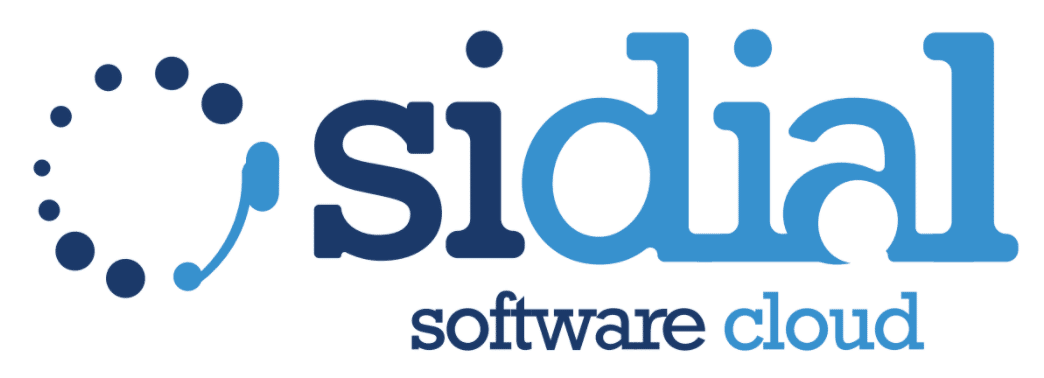Managing a call center is a challenge that combines technology, strategy, and above all, people. While digital infrastructures today allow many processes to be automated, the real difference always comes from human capital: motivated, well-trained operators capable of delivering value in every conversation. In this context, coaching techniques play a central role in transforming a group of agents into a cohesive, productive, and results-oriented team.
In this article, we will explore how coaching can be applied to call centers, which methodologies prove most effective, and how they help improve performance, motivation, and customer retention.
The Value of Coaching in Call Centers
Unlike traditional training, coaching is not limited to transferring knowledge. It is an ongoing, personalized process that aims to develop skills, encourage individual growth, and foster personal responsibility.
In a call center, this means:
- reducing turnover, often high in the industry;
- increasing individual operator productivity;
- creating a collaborative atmosphere, avoiding internal conflicts;
- enhancing the customer experience through more empathetic and professional interactions.
Coaching does not replace initial technical training—it complements it and keeps it alive over time. It is the key to transforming procedures and scripts into authentic, valuable conversations.
Individual Coaching Techniques for Call Center Agents
A cornerstone of call center coaching is one-on-one work with operators. Each person has unique strengths and areas for improvement: ignoring this diversity means missing opportunities.
Here are the most widely used techniques.
Structured and Constructive Feedback
Recording calls and reviewing them with the agent highlights both strengths and areas for growth. The key is to keep the feedback constructive: it must be specific, actionable, and supported with practical examples.
Personalized Role Playing
Simulating complex scenarios, such as handling an unsatisfied customer or a difficult negotiation, helps agents test new strategies in a safe environment. The coach observes, guides, and offers practical alternatives.
SMART Goals
Setting Specific, Measurable, Achievable, Realistic, and Time-bound goals keeps motivation high and provides a clear growth path. In call centers, this could mean improving script adherence, increasing conversion rates, or reducing average handling times.
Group Coaching Techniques
A winning team is born when individuals learn to collaborate, share experiences, and support one another. That’s why group coaching techniques are fundamental.
Guided Brainstorming Sessions
Creating discussion spaces where agents share challenges and solutions. The coach facilitates the conversation, values contributions, and encourages collaboration.
Gamification and Positive Challenges
Introducing game-like dynamics, such as leaderboards, symbolic rewards, or public recognition, can make achieving goals more engaging. Coaching ensures the competition remains healthy and inclusive.
Circle Coaching
A method involving regular meetings where every team member receives feedback not only from the coach but also from peers. This builds trust and fosters collective growth.
A Coaching Approach Focused on Customer Experience
In call centers, performance is not only measured in numbers (handled calls, closed sales, average handling times), but above all in the quality of the customer’s experience.
Customer experience–oriented coaching techniques focus on developing:
- active listening: understanding not only the customer’s words but also their emotions;
- emotional intelligence: recognizing and managing one’s own emotions to communicate with empathy;
- creative problem solving: finding quick, tailored solutions without sticking rigidly to scripts.
An effective coach helps agents see each call not as a task to complete, but as an opportunity to build relationships and loyalty.
Tools Supporting Coaching in Call Centers
Technology can be a powerful ally in making call center coaching more effective. Useful tools include:
- voice recording and analysis software to monitor conversation quality;
- performance dashboards with clear, real-time KPIs;
- e-learning platforms to complement training with short, targeted modules;
- post-call surveys to collect direct customer feedback.
These tools don’t replace human coaching but enhance it, allowing coaches to rely on concrete data instead of subjective impressions.
Motivation and Well-being: Two Levers of Coaching
A call center can be a stressful environment, with intense rhythms and constant contact with difficult customers. Coaching techniques must therefore include strategies for operator well-being.
Stress Management
The coach teaches breathing techniques, active breaks, and micro-exercises to ease tension during the workday.
Recognition and Appreciation
Acknowledging achievements, even small ones, fosters a sense of belonging and pride.
Professional Growth
Linking coaching to concrete career opportunities (team leader, trainer, supervisor) helps maintain long-term motivation.
How to Integrate Coaching into Business Processes
To have a real impact, coaching should not be seen as an extra or occasional activity. It must become an integral part of corporate culture.
This means:
- scheduling regular coaching sessions within operational calendars;
- involving supervisors, who must also become coaches for their teams;
- linking coaching goals to company KPIs;
- measuring coaching impact with clear indicators: conversion rates, customer satisfaction, turnover reduction.
Common Mistakes to Avoid in Call Center Coaching
Despite its benefits, several common mistakes can undermine coaching efforts:
- over-focus on numbers: if coaching becomes only about pressure to meet targets, it loses effectiveness;
- lack of personalization: every agent is different, a standardized approach won’t work;
- inconsistency: isolated sessions don’t create lasting change;
- poor coach training: an untrained supervisor risks creating frustration instead of growth.
Measurable Benefits of Coaching Techniques in Call Centers
Companies that adopt structured coaching programs report concrete benefits such as:
- improved customer satisfaction through smoother, more empathetic interactions;
- reduced average handling times, as agents become more confident and efficient;
- higher staff retention, lowering turnover-related costs;
- increased revenue, especially in sales-oriented outbound call centers.
Coaching is therefore not only a motivational choice but a genuine strategic investment with tangible financial returns.
Improve Coaching in Your Call Center with a Free SiDial Demo
Coaching techniques are essential for building winning teams and ensuring consistent performance, but to maximize results, you also need advanced digital tools that simplify daily tasks and empower agents. With SiDial, you get a complete platform to manage inbound and outbound calls, track KPIs, and integrate coaching into your processes. Request your free SiDial demo today and discover how to transform your call center into a growth engine that drives both customer satisfaction and business success.

